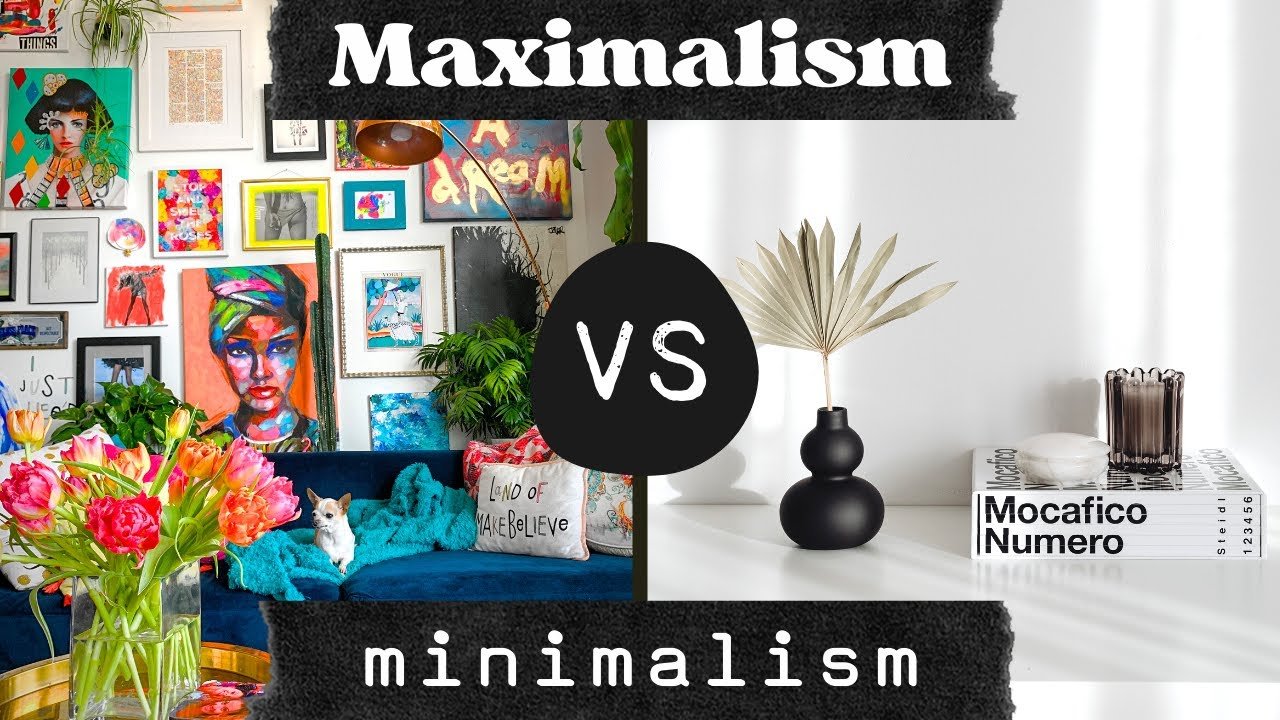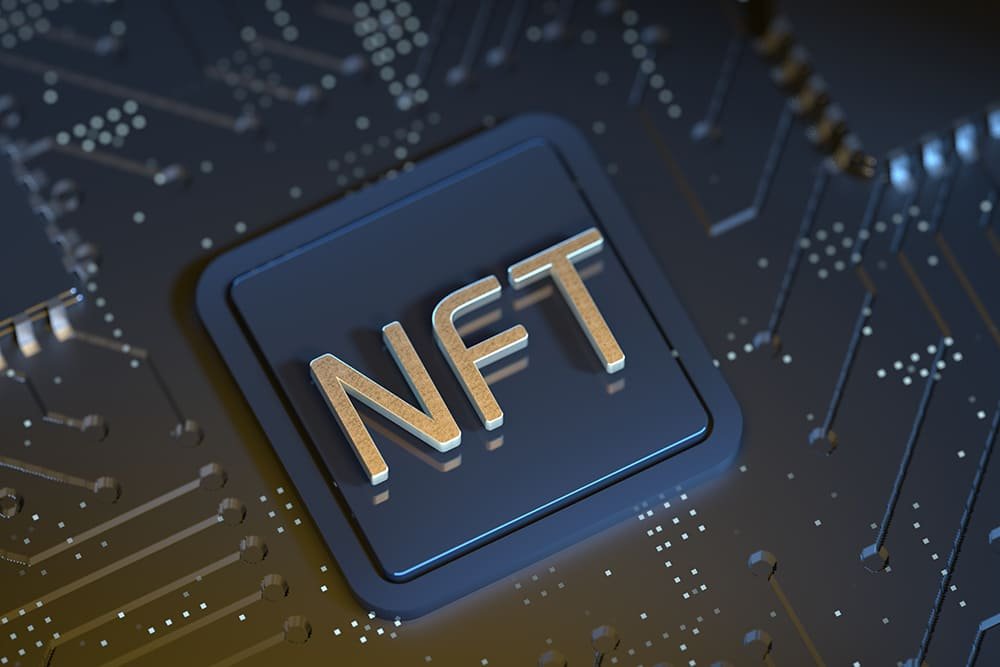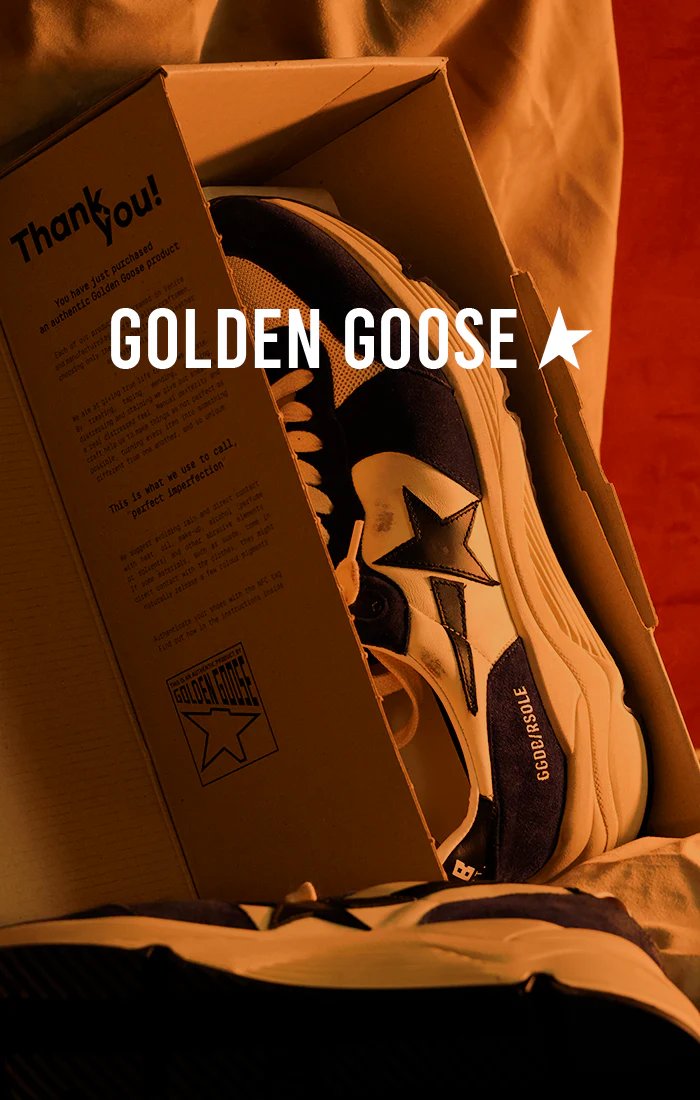Minimalism vs. Maximalism: Which Web Design Style Reigns Supreme?

Web design, like fashion and interior décor, goes through trends. One day, everyone’s obsessed with clean, white spaces and Helvetica Neue; the next, it’s all about bold colours, intricate patterns, and "more is more" vibes. Welcome to the age-old debate of minimalism versus maximalism—two opposing design philosophies that both have their champions. But which one reigns supreme in the digital space? Let’s dive in.
The Case for Minimalism
Minimalism is sleek, refined, and focused on stripping away the unnecessary. It’s about letting the essentials shine without distraction.
Why Choose Minimalism?
-
Faster Loading Times: Less clutter means fewer elements for a browser to load, which translates to faster page speeds—a crucial factor for SEO and user satisfaction.
-
Easy Navigation: Minimalist designs tend to guide users more intuitively, with simple menus and clear calls to action.
-
Timeless Appeal: While design fads come and go, minimalism’s simplicity tends to age gracefully.
-
Accessibility: Clean layouts with high contrast can make content more accessible to users with visual impairments.
Who’s Nailing It?
Think of Apple—the poster child for minimalism. Their website is clean, product-focused, and devoid of unnecessary fluff. It’s all about sleek functionality.
The Case for Maximalism
On the flip side, maximalism thrives on bold expression. It embraces chaos—but in a beautifully orchestrated way.
Why Choose Maximalism?
-
Memorability: With eye-popping colours and unique layouts, maximalist sites stand out and stick in people’s minds.
-
Creative Freedom: There are no hard rules. Want overlapping images, wild typography, and animations galore? Go for it.
-
Emotional Engagement: Bold designs can evoke stronger emotions and create a more immersive experience.
-
Storytelling: Maximalist sites often tell a rich visual story that captivates users.
Who’s Crushing It?
Take a look at fashion brand Gucci’s website. It’s unapologetically vibrant, layered with visuals, and anything but minimalist. Yet, it perfectly embodies the brand’s luxurious identity.
Minimalism vs. Maximalism: The Pros and Cons
| Aspect | Minimalism | Maximalism |
|---|---|---|
| Load Time | Lightning-fast | Potentially slower |
| User Experience | Intuitive and clear | Can be overwhelming |
| Aesthetic Longevity | Timeless | Trend-driven |
| Creativity | Constrained | Unlimited |
| Branding | Sleek and modern | Bold and expressive |
Finding the Middle Ground
Before you swear allegiance to either camp, remember that great web design often borrows from both. A balanced approach can give you the best of both worlds—clean layouts with bursts of creative expression.
Hybrid Examples
Many modern websites strike a perfect balance between minimalism and maximalism. They maintain a clean structure but incorporate bold visuals or interactive elements where it makes sense. It’s about knowing when to hold back and when to go all-in.
What’s Right for Your Brand?
The choice between minimalism and maximalism largely depends on your brand identity and target audience.
When to Go Minimalist
-
Your brand is all about sleek, modern innovation.
-
You want your content (like products or blog posts) to be the focal point.
-
Your audience values simplicity and function.
When to Embrace Maximalism
-
Your brand thrives on bold expression and creativity.
-
You’re in a visually driven industry (like fashion or entertainment).
-
You want to create a memorable, immersive experience.
SEO and Performance Considerations
Web design isn’t just about aesthetics; it has a direct impact on your SEO and site performance.
-
Minimalist Sites: Typically perform better on speed metrics, which Google loves. Clean code and fast loading times are key ranking factors.
-
Maximalist Sites: Need careful optimisation. Heavy images and complex animations can hurt your page speed, so use lazy loading and compression techniques.
Portside, a web design agency in Newport, Wales, puts it well: “The best web designs aren’t about picking a side—they’re about crafting an experience that aligns with your brand and keeps users engaged.”
So, which style reigns supreme?
It’s not about one being better than the other—it’s about what works best for your audience and brand identity. Minimalism champions clarity and efficiency, while maximalism offers personality and creativity. The real winner? The approach that captures your audience’s attention and keeps them coming back for more.
Whether you’re stripping back to the essentials or layering on the extravagance, one thing’s certain: thoughtful, user-focused design always wins.






